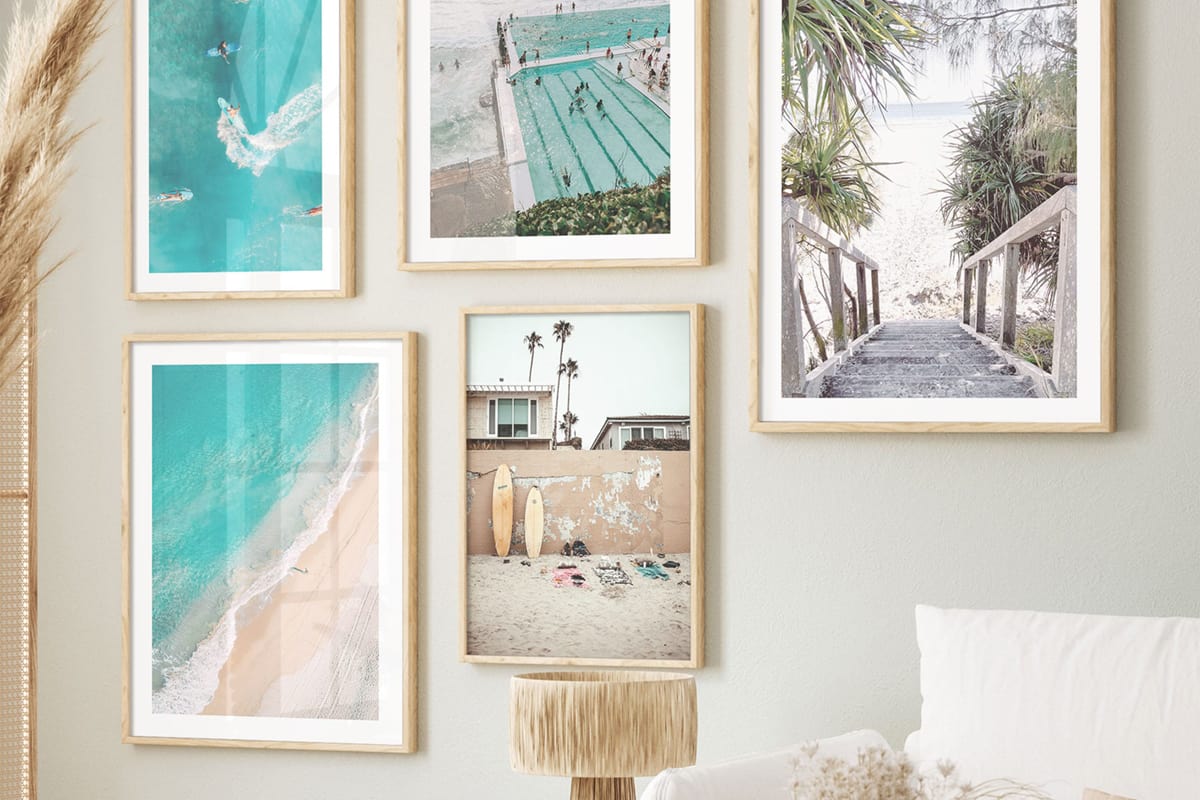

Articles
How To Choose Wall Art For Home
Modified: August 27, 2024
Looking for articles on how to choose wall art for your home? Discover expert tips and advice to find the perfect pieces that complement your decor and enhance your space.
(Many of the links in this article redirect to a specific reviewed product. Your purchase of these products through affiliate links helps to generate commission for Storables.com, at no extra cost. Learn more)
Introduction
When it comes to decorating your home, one of the most impactful and personal choices you can make is selecting wall art. Wall art has the power to transform the entire atmosphere of a room, adding personality, style, and visual interest. Whether you’re looking to create a cozy and intimate space, a vibrant and energetic room, or a serene and calming environment, choosing the right wall art is crucial.
In this article, we will explore the various factors to consider when selecting wall art for your home. From understanding your personal style to matching the art with your existing decor and budget considerations, we will guide you through the process of choosing wall art that reflects your unique taste and enhances the overall aesthetic appeal of your space.
So, let’s dive in and discover how to choose the perfect wall art for your home.
Key Takeaways:
- Personalize your space by understanding your style, considering size, color, subject, and material. Let art reflect your lifestyle and budget, creating a meaningful and visually captivating ambiance in your home.
- Transform your home with wall art that resonates with your personality and enhances your space. Embrace your unique taste, be adventurous, and surround yourself with artwork that brings you joy and happiness.
Read more: How To Arrange Wall Art
Understanding Your Personal Style
Before diving into the vast array of wall art options available, it’s important to understand your personal style and the overall aesthetic you want to create in your home. Your personal style can be influenced by various factors such as your personality, interests, and the mood you want to evoke in your space.
Take a moment to reflect on your preferences. Are you drawn to modern and minimalist designs? Do you lean towards a more traditional and classic style? Are you attracted to bold and vibrant colors, or do you prefer a more subdued and neutral palette?
Consider your lifestyle as well. Are you someone who enjoys taking risks and experimenting with unique and unusual art pieces, or do you prefer timeless and versatile options that can withstand changing trends?
By understanding your personal style, you will be able to narrow down your choices and make more informed decisions when selecting wall art for your home. Keep in mind that your personal style can evolve over time, so don’t be afraid to explore new artistic expressions and styles that resonate with you.
Additionally, it’s helpful to consider the overall theme or mood you want to create in each room. For example, a bedroom may require calming and soothing artwork, while a living room might benefit from more vibrant and energetic pieces. Aligning your personal style with the desired mood of each space will ensure a cohesive and harmonious interior design.
Remember, your home should be a reflection of your personality and a sanctuary where you feel comfortable and inspired. Understanding your personal style is a crucial first step in choosing wall art that speaks to you and enhances the overall aesthetic of your living space.
Consider the Size of the SpaceWhen selecting wall art for your home, it’s important to consider the size of the space where it will be displayed. The size of the artwork should be proportionate to the size of the wall and the surrounding furniture.
First, measure the wall space where you intend to hang the artwork. This will give you a clear idea of the dimensions you should be looking for. Keep in mind that the artwork should not overpower the wall or get lost in it. It should be visually pleasing and create a balanced composition.
If you have a small wall, consider choosing a smaller piece of art or creating a gallery wall with multiple smaller artworks. This allows you to add visual interest and layers without overwhelming the space.
On the other hand, if you have a large wall, you have more flexibility in terms of the size of the artwork. Consider choosing a larger focal point piece that commands attention and anchors the space. Alternatively, you can opt for a grouping of smaller art pieces or a series of prints that tell a story and create a dynamic visual display.
In addition to the size of the wall, also take into account the furniture and other elements in the room. You want to ensure that the wall art complements and enhances the overall layout of the space. For example, if you have a large sofa in the living room, choosing a larger-sized artwork to hang above it can create a balanced and visually appealing arrangement.
Finally, consider the height at which the artwork will be hung. As a general rule, the center of the artwork should be at eye level, approximately 57-60 inches from the floor. This allows for comfortable viewing and ensures that the artwork is easily visible and appreciated.
Remember, the size of the wall art should harmonize with the size of the space and the surrounding elements. Taking these factors into consideration will result in a visually pleasing arrangement that enhances the overall aesthetic of your home.
Determining the Right Color Palette
Color plays a crucial role in the overall ambiance and mood of a room. When choosing wall art for your home, it’s important to consider the color palette and how it complements the existing decor and furniture.
Start by examining the dominant colors in the room. Look at the walls, furniture, and other decorative elements. Do you notice any recurring colors or specific color schemes? This will give you a starting point for selecting wall art that will harmonize with the existing color palette.
If you want to create a harmonious and cohesive look, consider selecting artwork that incorporates the colors already present in the room. This can be done through the use of complementary colors or by choosing artwork with subtle accents that tie in with the existing color scheme.
On the other hand, if you want to create a focal point or add a pop of color, you can choose wall art that contrasts with the existing colors. This will create visual interest and draw attention to the artwork.
Another approach is to use wall art as a way to introduce new colors into the room. If you’re looking to refresh the space or add a new color element, consider selecting artwork with hues that complement or add a new dimension to the existing color palette. This can be a great way to inject personality and style into your home.
Keep in mind that color can also evoke certain emotions and moods. Warm colors like red, orange, and yellow can create a cozy and inviting atmosphere, while cool colors like blue and green can bring a sense of calmness and tranquility. Consider the mood you want to create in the room and choose wall art with colors that align with that desired ambiance.
Lastly, don’t be afraid to experiment and mix different colors and shades. The key is to create a balanced and visually pleasing composition that complements the overall aesthetic of the space.
By determining the right color palette for your wall art, you can create a harmonious and visually captivating environment that reflects your personal style and enhances the overall ambiance of your home.
Choosing the Right Subject or Theme
The subject or theme of wall art can significantly impact the overall atmosphere and style of a room. It’s important to choose artwork that resonates with you and complements the overall design aesthetic of your home.
Start by considering the purpose of the room and how you want to feel when you’re in it. Are you looking to create a serene and calming environment in your bedroom? Or do you want to energize and inspire your workspace? Understanding the purpose and desired mood of the room will guide you in choosing the right subject or theme for your wall art.
One approach is to select artwork that reflects your personal interests and passions. This could involve choosing art pieces that depict your favorite hobbies, travel destinations, or subjects that inspire you. For example, if you love nature, you can opt for landscape or botanical art to bring the beauty of the outdoors into your home.
If you have a specific theme or style in mind for your room, consider selecting artwork that aligns with that theme. For instance, if you’re going for a coastal or beach-inspired decor, choose artwork featuring seascapes, shells, or nautical elements. This will help create a cohesive and immersive environment.
Another approach is to choose artwork that tells a story or evokes a certain emotion. Abstract art, for example, can be open to interpretation and allow the viewer to attach their own meaning to it. This can add a layer of depth and intrigue to the room.
When selecting the subject or theme of your wall art, also consider the existing decor and furniture in the room. You want the artwork to complement and enhance the overall design aesthetic. The art should be a focal point but not overpowering or clash with other elements in the space.
Ultimately, choosing the right subject or theme for your wall art is a personal choice that should reflect your style, interests, and the desired mood of the room. By selecting artwork that speaks to you and complements the overall aesthetic, you can create a visually captivating and meaningful display in your home.
Read more: How To Turn A Puzzle Into Wall Art
Selecting the Right Medium or Material
When choosing wall art for your home, one important factor to consider is the medium or material that the artwork is made of. The medium not only affects the visual appeal of the art, but also its durability and maintenance requirements.
There are various mediums to choose from, including paintings, prints, photographs, sculptures, and mixed media. Each medium has its own unique characteristics and can evoke a different aesthetic and style.
If you’re looking for a classic and timeless look, original paintings or canvas prints can add an elegant and sophisticated touch to your space. Paintings can be created using different techniques such as oil, acrylic, or watercolor, each offering its own distinctive texture and visual effect.
Prints and photographs are more affordable options that can still bring stunning visuals to your walls. They allow you to display artwork created by renowned artists or capture your own memorable moments. With advancements in printing technology, you can find a wide variety of high-quality prints that closely resemble the original artwork.
Sculptures, whether made of metal, wood, or ceramic, can add dimension and depth to your walls. They can create a focal point and add a tactile element to your room. Sculptures are especially suitable for larger spaces or areas that need a statement piece.
Mixed media art combines different materials and techniques to create unique and eclectic pieces. They can incorporate elements like collage, textiles, found objects, and more. Mixed media art is a great option if you’re looking for something unconventional and visually intriguing.
Consider the maintenance requirements of the chosen medium as well. Some artworks may require special care, such as avoiding direct sunlight or periodic cleaning, while others are more resilient and easy to maintain.
Furthermore, take into account the overall style and theme of your home when selecting the medium or material of your wall art. You want the artwork to harmonize with the existing decor and furniture. For example, metal sculptures may complement a modern or industrial style, while watercolor prints may work well in a more delicate or minimalistic setting.
By selecting the right medium or material for your wall art, you can enhance the visual appeal of your home while ensuring its longevity and compatibility with your desired aesthetic.
When choosing wall art for your home, consider the color scheme and style of the room. Look for pieces that complement the existing decor and add visual interest to the space.
Considering the Art’s Mood and Ambiance
The mood and ambiance created by wall art can greatly influence the overall feel of a room. When choosing art for your home, it’s important to consider the emotions and atmosphere you want to evoke.
Think about the purpose of the room and the activities that will take place there. Are you looking to create a calm and peaceful sanctuary in your bedroom? Or do you want a vibrant and energetic atmosphere in your living room?
Artwork can set the tone and contribute to the desired mood. For a serene and tranquil ambiance, consider choosing wall art with soft colors, gentle brushstrokes, or nature-inspired themes. Landscape paintings or abstract artwork with soothing tones can create a sense of calmness and relaxation.
If you want to inject energy and vibrancy into a space, opt for bold and vibrant artwork. Bright colors, dynamic compositions, and abstract or geometric designs can add a sense of liveliness and excitement to the room.
Consider the emotions you want the art to evoke. Do you want your wall art to inspire creativity and imagination? Look for pieces that are thought-provoking or display a strong sense of storytelling. Artwork with whimsical or imaginative elements can spark your creativity and captivate your imagination.
Additionally, think about the versatility of the art and how it will suit different times of the day or different seasons. Artworks with warm and inviting colors can create a cozy ambiance during colder months, while cooler tones may provide a refreshing atmosphere during warmer months.
Remember that art is subjective, and what evokes certain emotions for one person may vary for another. It’s important to choose artwork that resonates with you personally and aligns with your own emotions and preferences.
By considering the mood and ambiance you want to create, you can select wall art that complements the overall aesthetic of your home and contributes to the desired atmosphere in each room.
Working with Existing Decor and Furniture
When selecting wall art for your home, it’s important to consider how it will harmonize with your existing decor and furniture. The artwork should complement and enhance the overall aesthetic of the room rather than clash or feel out of place.
Start by examining the style and color palette of your furniture and other decorative elements. Consider the patterns, textures, and materials used in the room. This will give you a better understanding of the design scheme and help you choose wall art that seamlessly integrates with the existing elements.
For instance, if your furniture leans towards a more traditional style, you might want to consider classic and timeless wall art pieces that add a sense of elegance and sophistication. On the other hand, if your decor is more contemporary or modern, abstract or minimalist art can complement the clean lines and sleek aesthetic.
Pay attention to the color scheme as well. Aim for a cohesive and harmonious color palette between the artwork and the surrounding elements. Look for pieces that either blend in with the existing color scheme or provide a subtle contrast to create visual interest.
If you have a focal point in the room, such as a statement piece of furniture or a bold wallpaper, choose artwork that complements and enhances rather than competes with that focal point. The artwork should enhance the overall aesthetics and create a balanced composition.
Another consideration is the scale and proportion of the art in relation to the furniture and the size of the wall. The artwork should be proportionate to the surrounding elements and not overwhelm or get lost in the space. If you have a large statement piece of furniture, choose artwork that is complementary in size and can hold its own in the room.
Additionally, don’t be afraid to mix different styles and eras. Eclectic decor can be visually captivating and add a unique touch to your home. Just ensure that there is a common thread or cohesive element that ties everything together, such as a specific color or theme.
By working with your existing decor and furniture, you can select wall art that seamlessly integrates into the overall design of the room and creates a cohesive and visually appealing space.
Matching Wall Art with Your Lifestyle
When choosing wall art for your home, it’s important to consider your lifestyle and how the artwork will fit into your daily life. Your art should not only be aesthetically pleasing but also align with your interests, hobbies, and daily routines.
For those with a busy and active lifestyle, consider selecting wall art that energizes and inspires you. Bold and vibrant pieces with dynamic compositions can add a sense of excitement and movement to your space.
On the other hand, if you prefer a more relaxed and calming atmosphere, choose artwork that promotes a sense of serenity. Landscape paintings, abstract art with soothing colors, or nature-inspired themes can create a peaceful environment.
Consider how you use each room in your home when selecting art. For example, if you have a dedicated workspace or home office, choose artwork that motivates and sparks creativity. Inspirational quotes, artwork related to your profession or field of interest, or abstract pieces that evoke a sense of imagination can be a great fit.
If you have children or pets, take their needs into consideration as well. It’s important to choose wall art that is safe and durable, with frame materials that are resistant to accidental bumps or scratches. You can also opt for artwork that is interactive or educational, such as maps, alphabet art, or animal illustrations, to engage young minds.
Think about your personal passions and hobbies. If you’re an avid traveler, consider choosing artwork that reflects the places you’ve been or inspires you to explore new destinations. If you have a love for music or art itself, select pieces that celebrate those interests.
Additionally, consider the practicality of the artwork. Some artwork may require special care or maintenance, such as delicate sculptures or pieces with intricate detailing. If you prefer low-maintenance options, prints or artworks that are easy to clean and durable can be a better choice.
Ultimately, your wall art should be a reflection of your lifestyle and personality. It should bring joy, inspiration, and a sense of connection to your daily life. By considering your lifestyle when choosing artwork, you can create a more meaningful and personalized living space.
Read more: How To Make Plaster Wall Art
Budget Considerations
When selecting wall art for your home, it’s important to keep your budget in mind. Artwork can range in price from affordable prints to high-end originals, so it’s essential to establish a budget that you’re comfortable with before starting your search.
Start by determining how much you’re willing to spend on wall art. Consider your overall budget for decorating your home and allocate a portion of it specifically for artwork. By setting a budget, you can narrow down your options and focus on finding pieces that fit within your financial means.
Keep in mind that the price of artwork can vary based on factors such as the medium, the size, the artist’s reputation, and the rarity of the piece. Original works by well-known artists or limited-edition prints tend to be more expensive than mass-produced prints or reproductions.
If you’re working with a limited budget, there are still plenty of affordable options available. Look for prints or posters of artwork that you admire. Many artists offer prints of their original works at a fraction of the cost, allowing you to enjoy their art without breaking the bank.
Consider exploring local art fairs, markets, or online platforms that connect emerging artists with buyers. You may find unique and affordable pieces from talented artists who are just starting their careers.
Another cost-saving option is to create your own artwork. Embrace your creativity and unleash your inner artist by painting, drawing, or creating mixed media pieces. Not only will this save you money, but it will also add a personal and unique touch to your home.
Remember, the value of art is subjective, and it’s not necessary to spend a fortune to find pieces that you truly love. Focus on finding artwork that speaks to you and enhances the aesthetic of your space, rather than solely considering the price tag.
Lastly, if you’re unable to invest in artwork right away, don’t be discouraged. You can start with smaller, more affordable pieces and gradually build your collection over time. Remember that art is a journey, and it’s perfectly fine to take your time to curate a meaningful collection that fits your budget.
By considering your budget and exploring different options, you can find artwork that brings beauty and inspiration to your home without straining your finances.
Conclusion
Choosing the right wall art for your home is a process that involves careful consideration and personal reflection. By understanding your personal style, considering the size of the space, determining the right color palette, selecting the appropriate subject or theme, and choosing the right medium or material, you can curate a collection of art that resonates with you and enhances the aesthetic of your space.
It is important to think about the mood and ambiance you want to create, ensuring that the artwork complements your lifestyle and matches your existing decor and furniture. Consider your budget and explore various options to find art that speaks to you, regardless of the price tag.
Remember, your home is a reflection of your personality, interests, and passions. Wall art has the power to transform your space and make it uniquely yours. Whether you opt for original paintings, prints, sculptures, or mixed media pieces, choosing art that brings you joy and inspiration is the key to creating a truly special ambiance in your home.
So take the time to explore different styles, visit galleries, browse online platforms, and trust your instincts. Allow the art you choose to tell your story and create a visual narrative that reflects your individuality.
In the end, the process of choosing wall art is an exciting and personal journey. Embrace your unique taste, be adventurous in your choices, and most importantly, surround yourself with artwork that brings you happiness and enhances the beauty of your home.
Frequently Asked Questions about How To Choose Wall Art For Home
Was this page helpful?
At Storables.com, we guarantee accurate and reliable information. Our content, validated by Expert Board Contributors, is crafted following stringent Editorial Policies. We're committed to providing you with well-researched, expert-backed insights for all your informational needs.
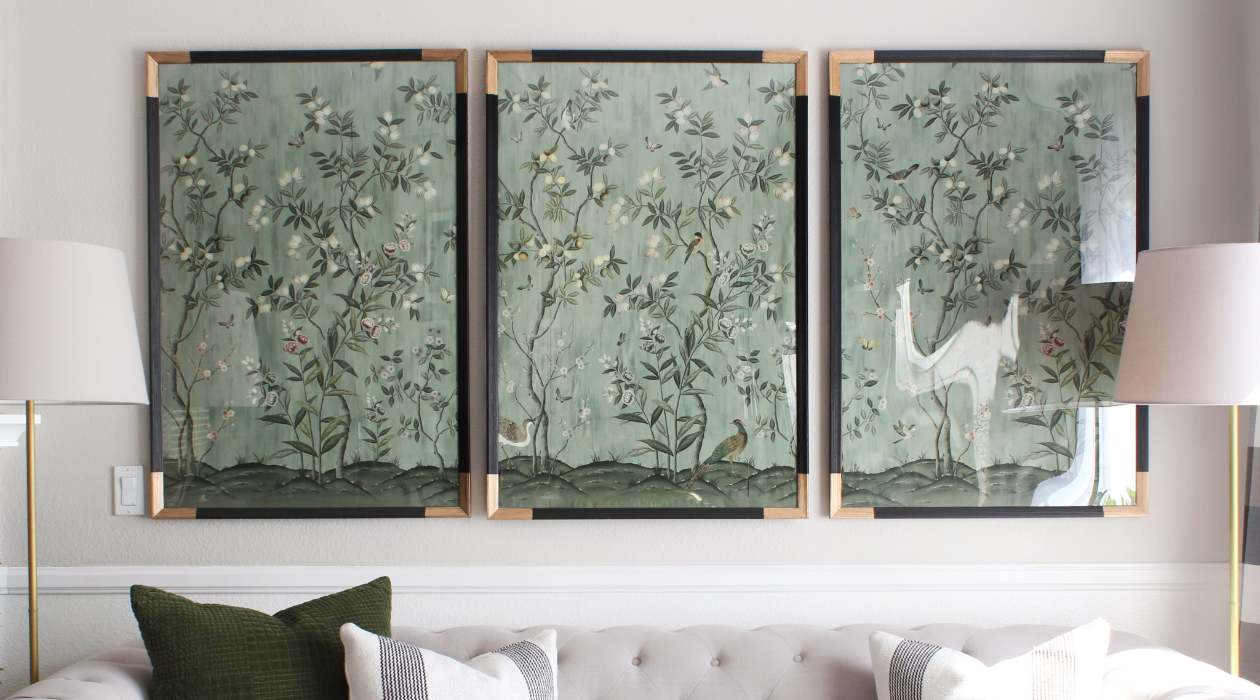
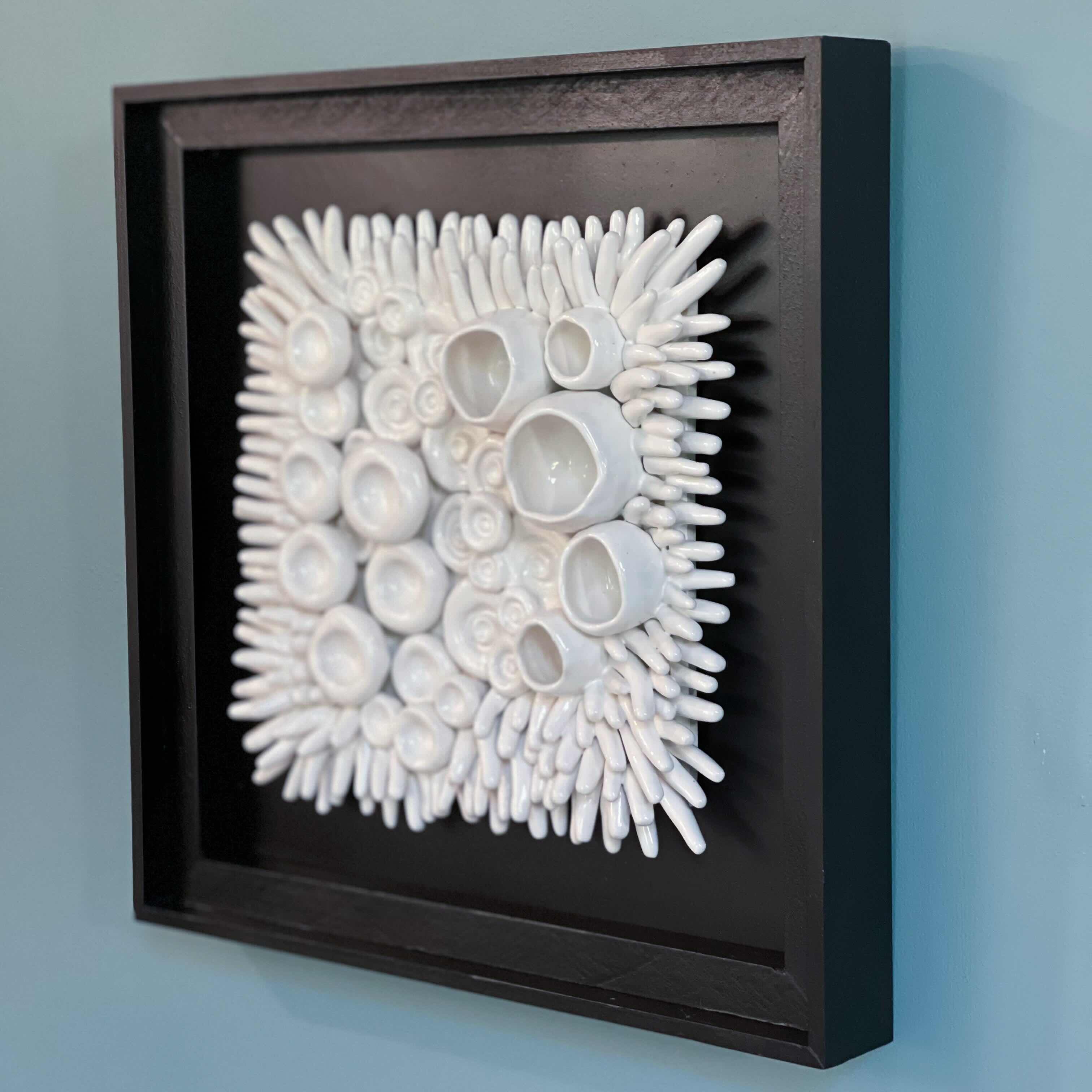
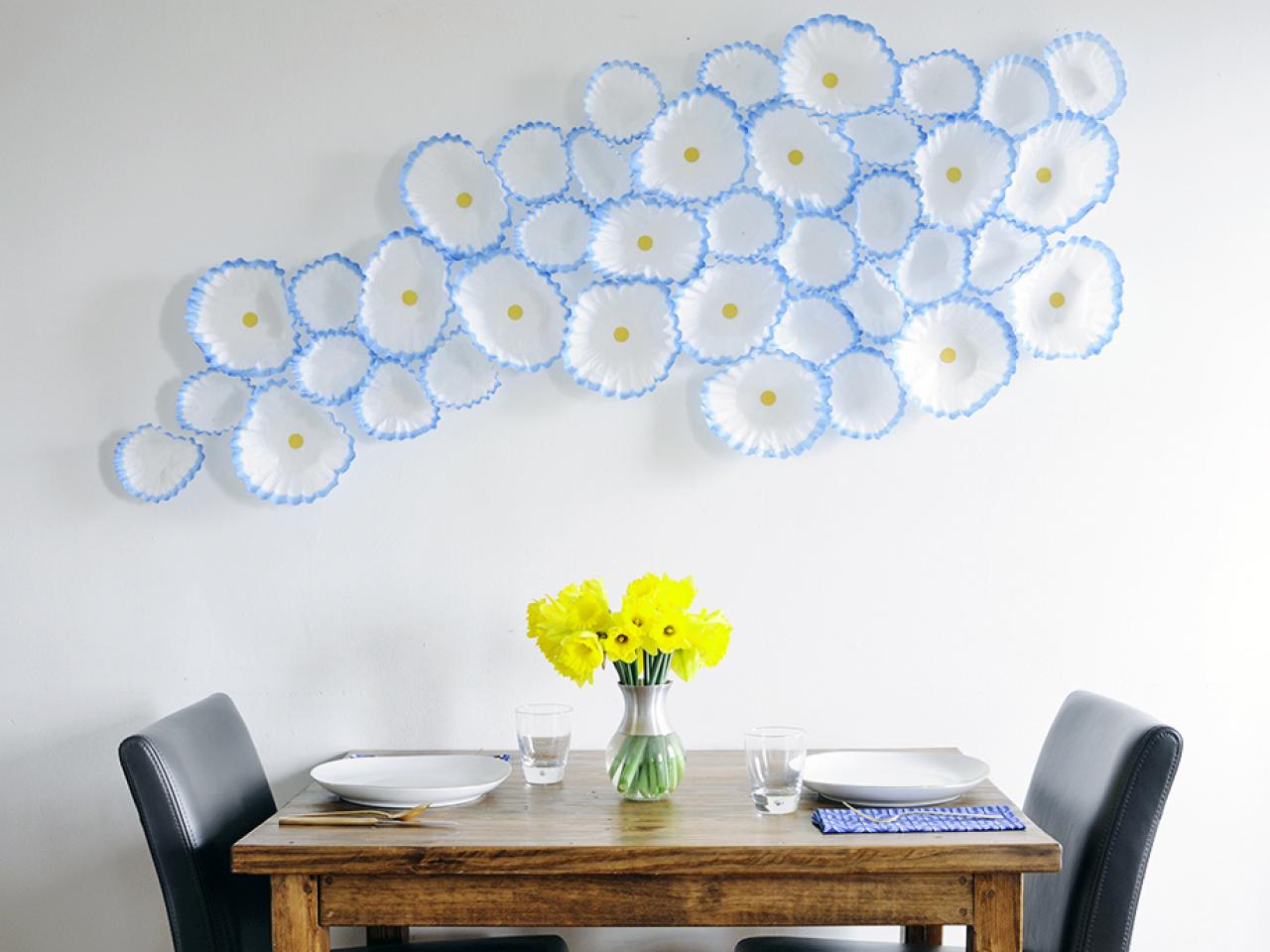
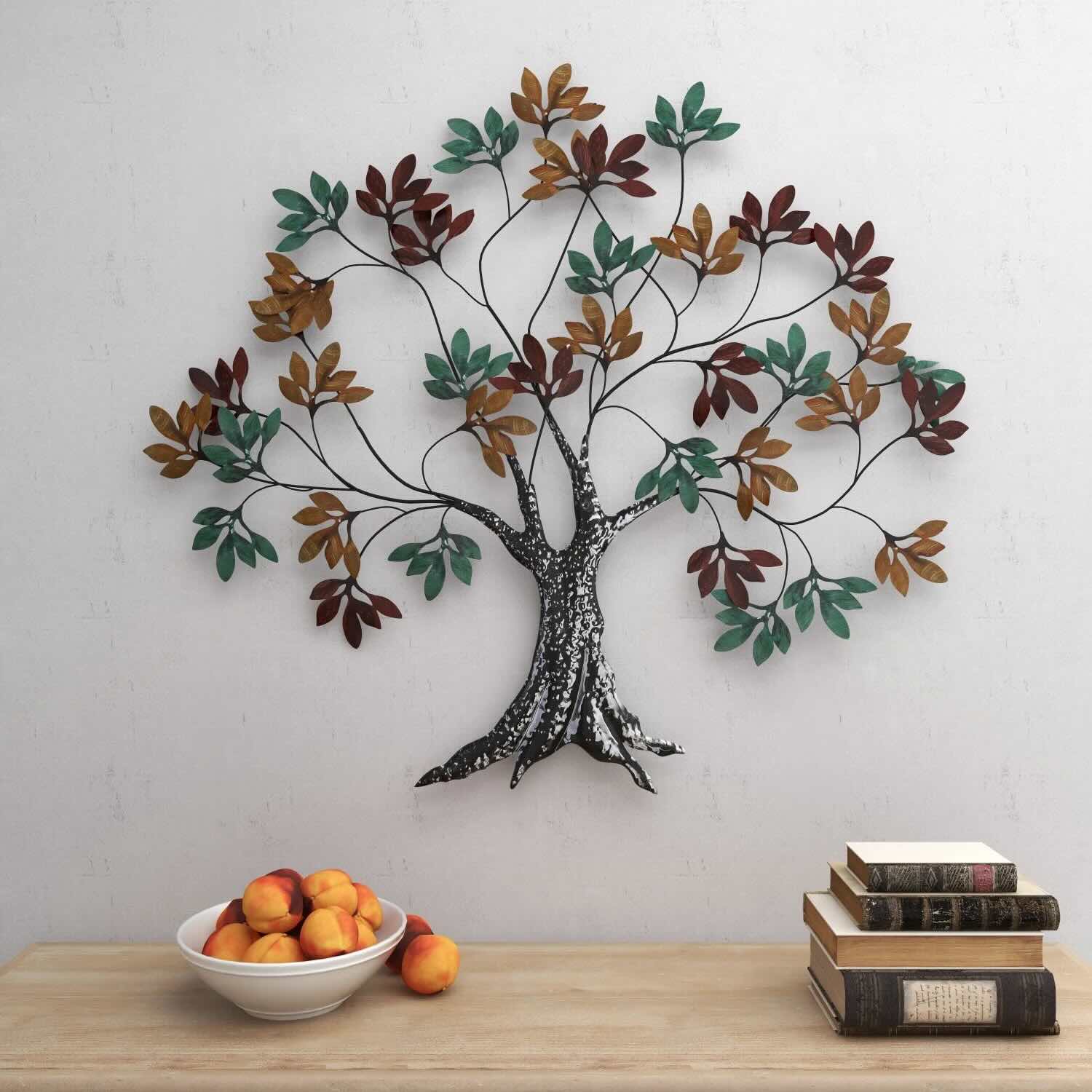
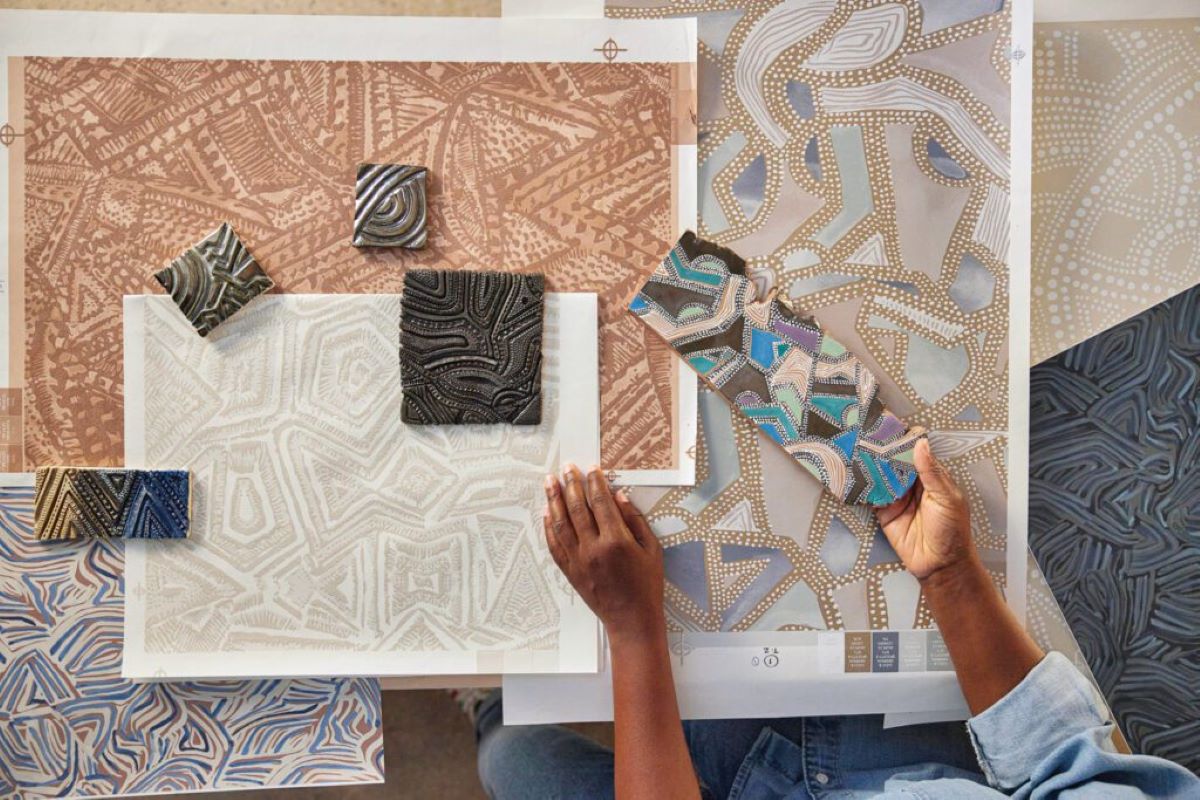

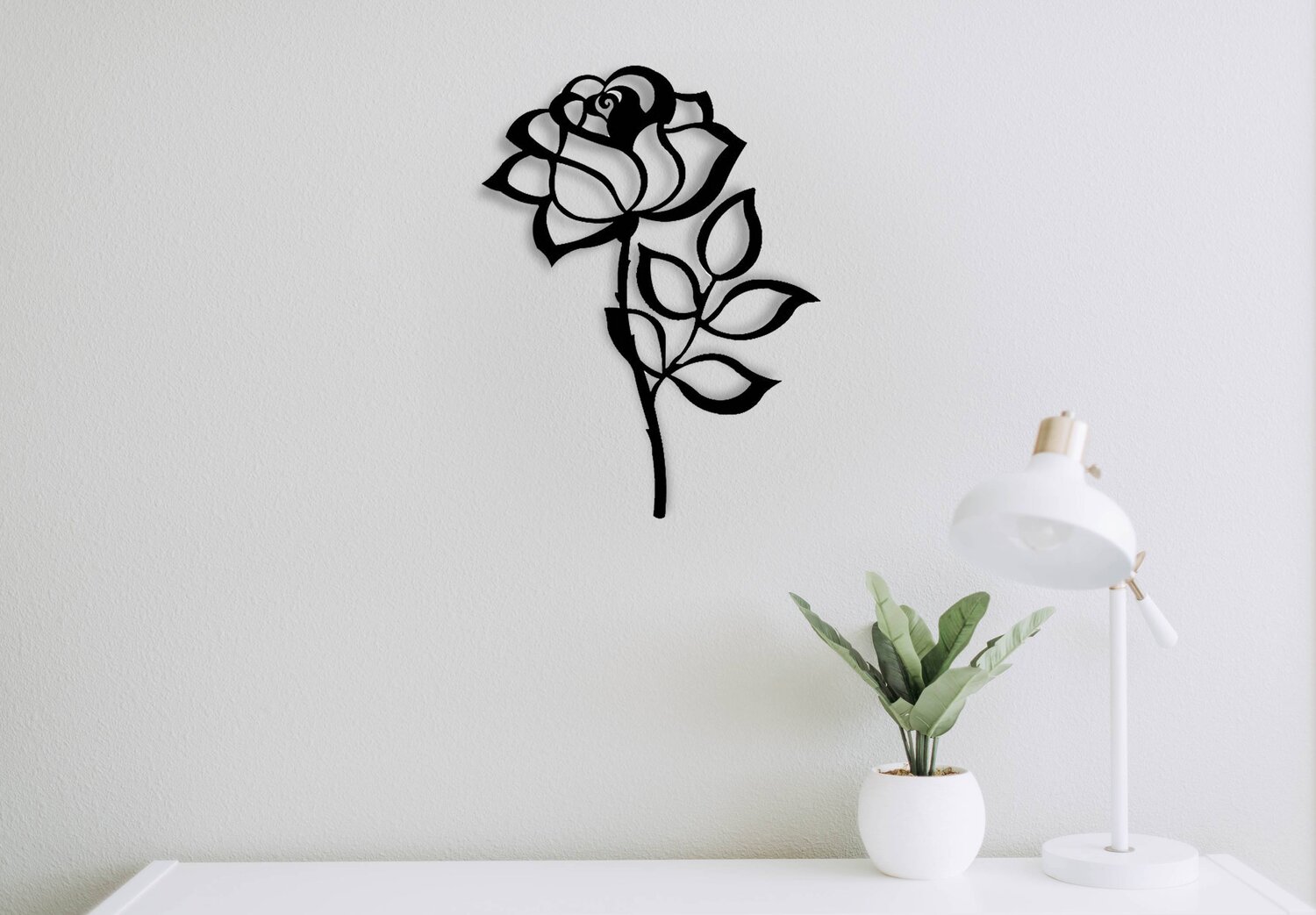

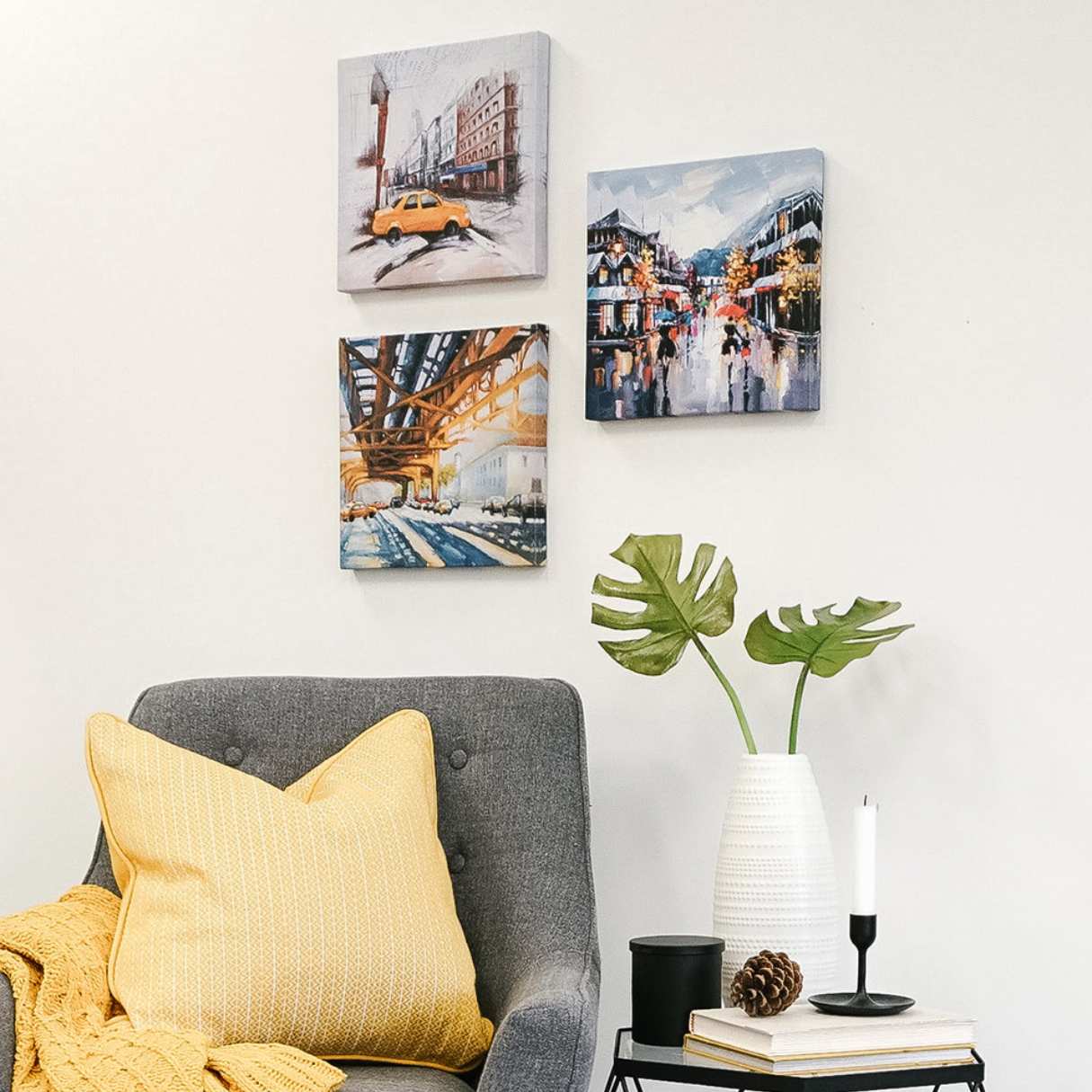
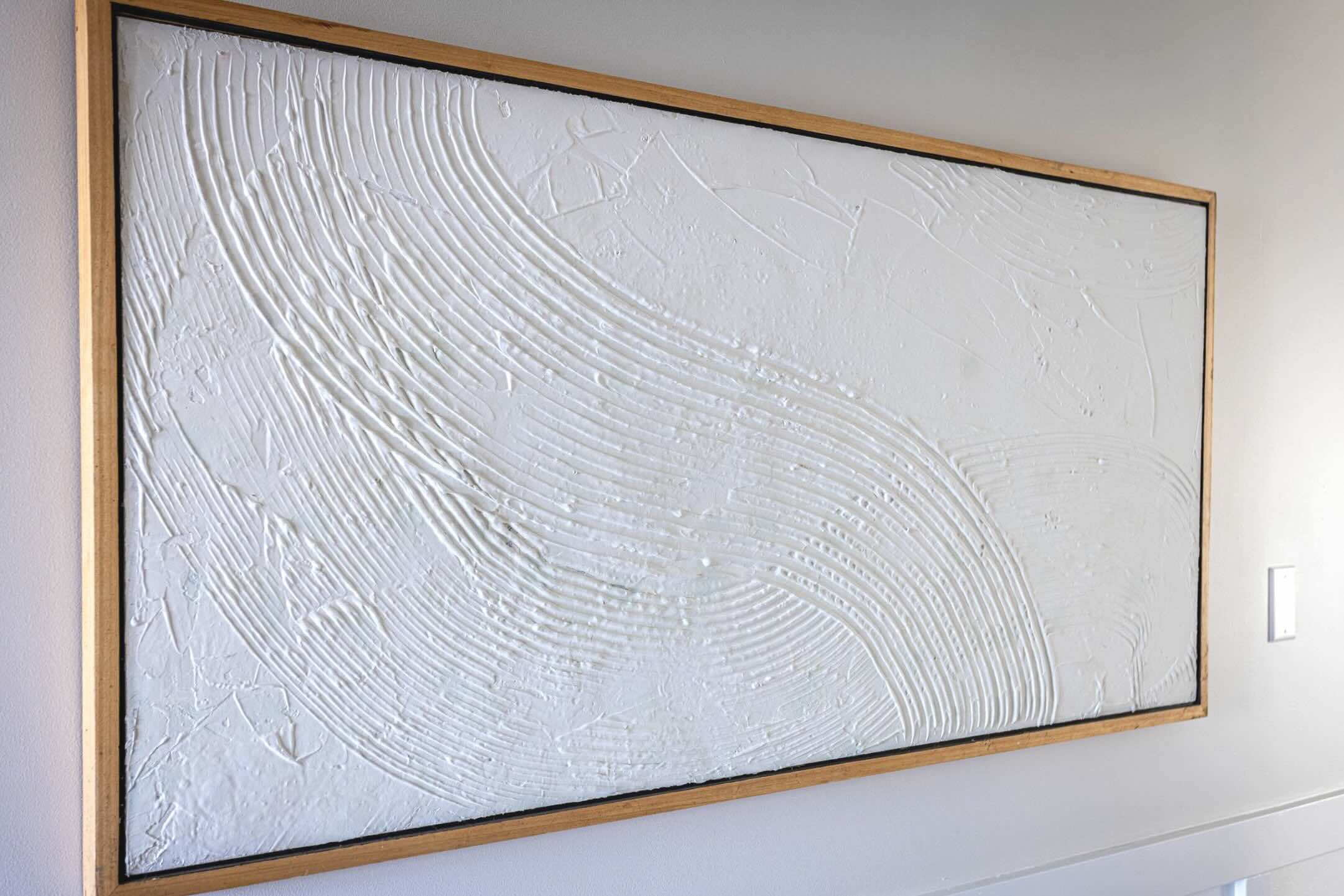
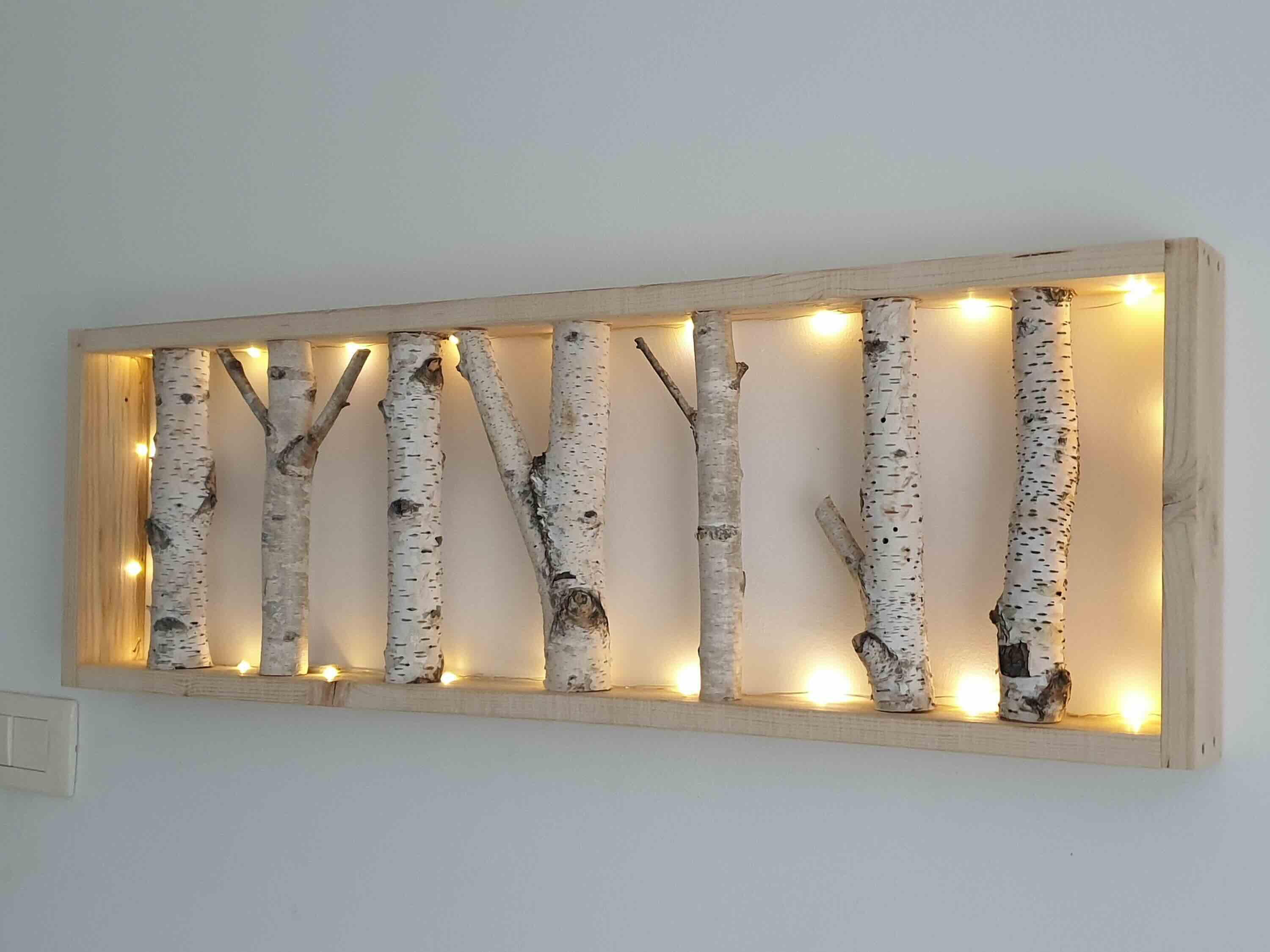
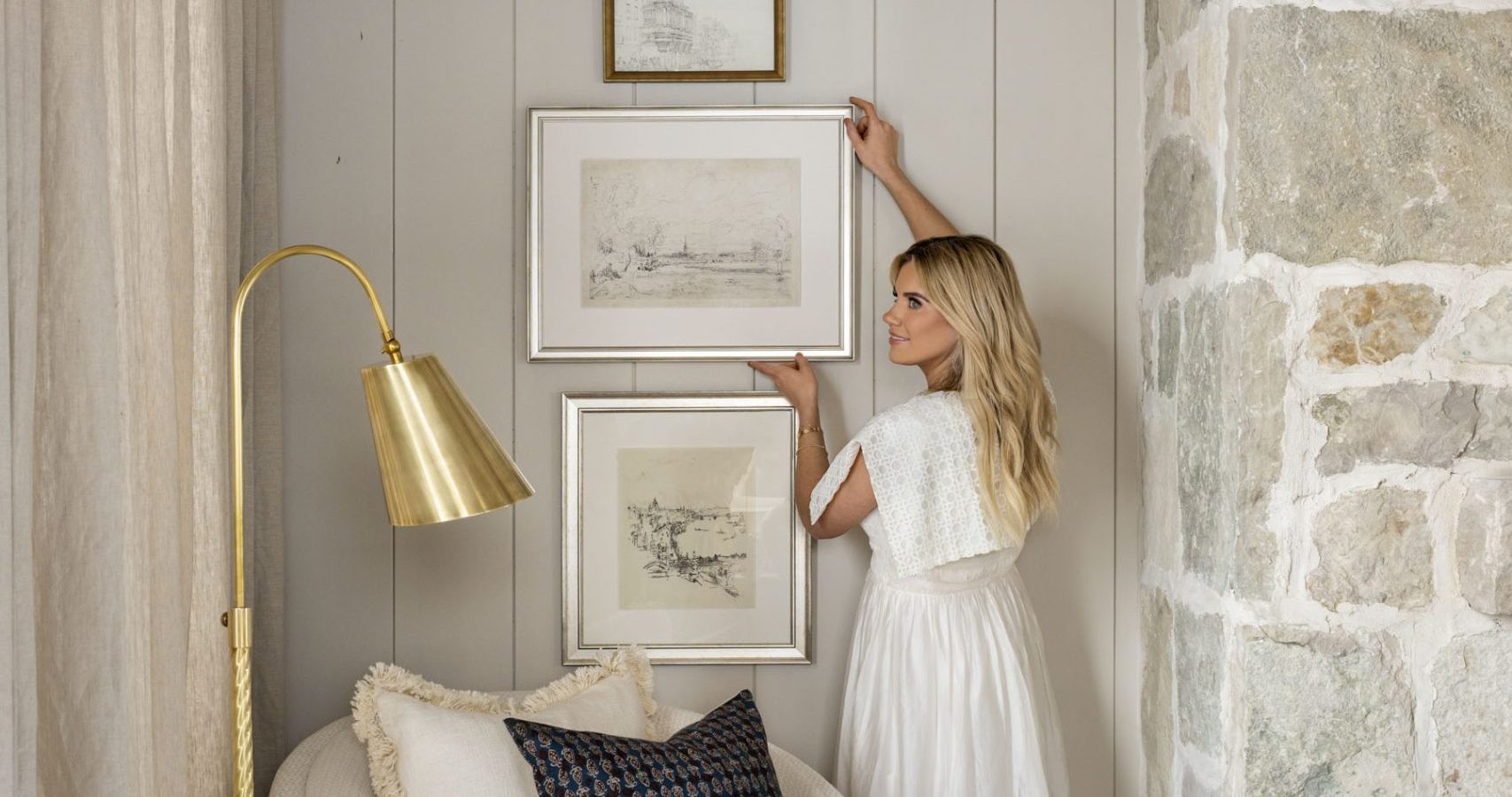


0 thoughts on “How To Choose Wall Art For Home”